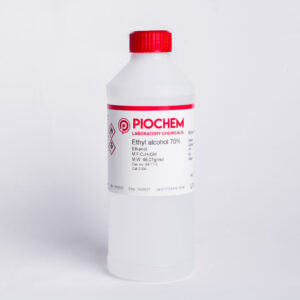Sodium nitrite is an inorganic compound with the chemical formula NaNO2. It is a white to slightly yellowish crystalline powder that is very soluble in water and is hygroscopic. From an industrial perspective, it is the most important nitrite salt.
Sodium nitrite is used in a variety of applications, including:
- As a food preservative to prevent the growth of bacteria and fungi in cured meats, such as bacon, ham, and sausage.
- As a color fixative in cured meats, giving them their characteristic pink color.
- As an antidote for cyanide poisoning.
- In the production of nitric acid and other chemicals.
- In metal treatment and finishing.
- In heat transfer salts.
Sodium nitrite is a hazardous substance and can be harmful if ingested or inhaled. It can cause methemoglobinemia, a condition in which the blood is unable to carry oxygen properly. Symptoms of methemoglobinemia include headache, dizziness, shortness of breath, and cyanosis (a bluish tint to the skin).
Sodium nitrite is also a potential carcinogen. The International Agency for Research on Cancer (IARC) has classified sodium nitrite as a Group 2A carcinogen, meaning that it is probably carcinogenic to humans.
The safe level of exposure to sodium nitrite varies depending on the route of exposure. The EPA has set a drinking water standard of 1 mg/L for sodium nitrite. The OSHA has set a workplace exposure limit of 5 mg/m3 for sodium nitrite.
If you are exposed to sodium nitrite, it is important to seek medical attention immediately. There is no specific antidote for sodium nitrite poisoning, but treatment may include oxygen therapy, fluids, and medications to reduce methemoglobin levels.
Here are some ways to identify sodium nitrite:
- It can be detected by a colorimetric test using a reagent called Griess reagent.
- It can also be detected by a gas chromatography-mass spectrometry (GC-MS) analysis.





Reviews
There are no reviews yet.